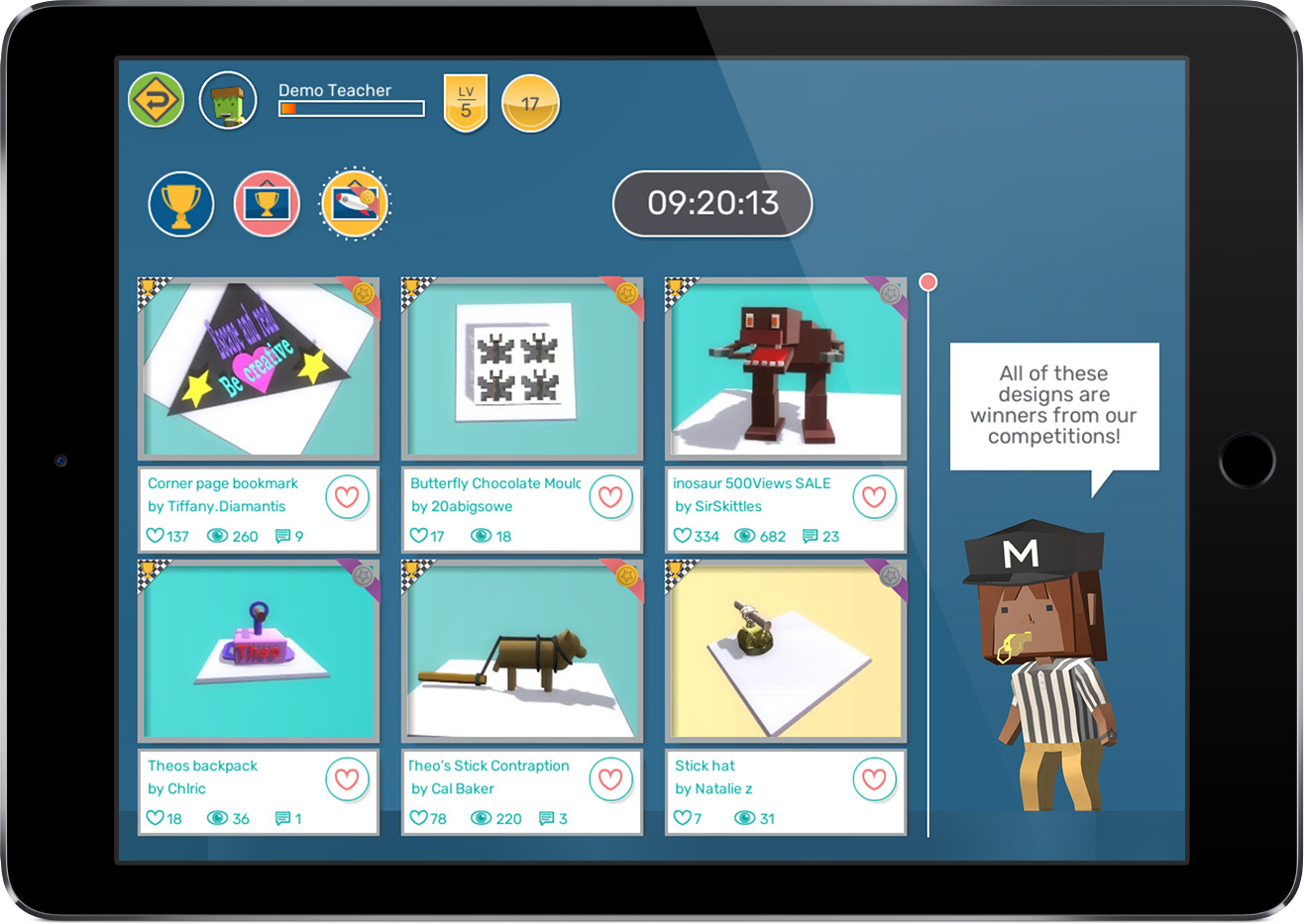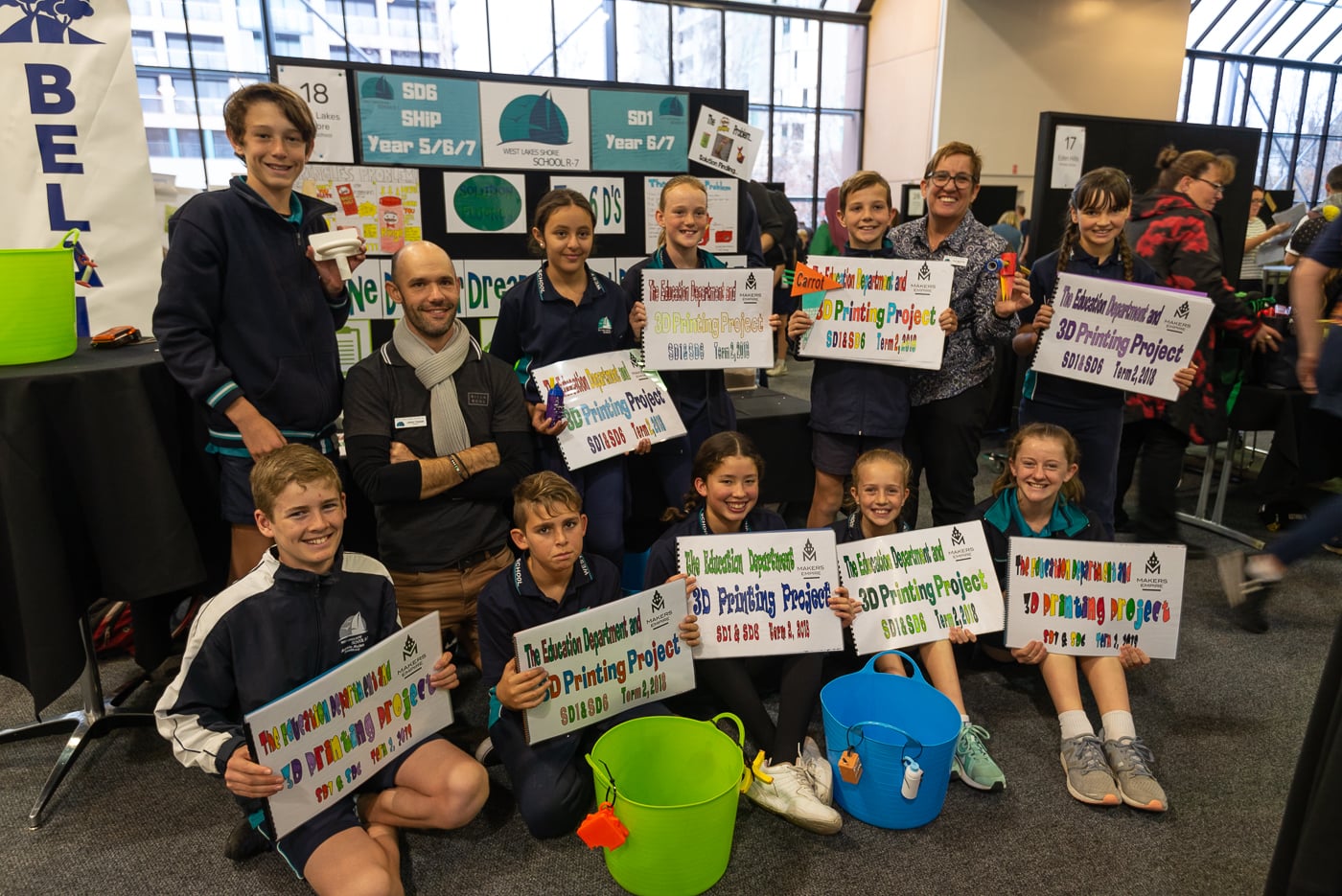STEAM is an educational approach to learning that uses sciences, Technology, Engineering, the Art and Mathematics as access point for guiding student inquiry, dialogue, and critical thinking.
In this module, there a two term which is Short term and Medium term.
SHORT TERM ( 1 year or less)
Learning Analytics
In data mining and data analytics, tools and techniques once confined to research laboratories are being adopted by forward-looking industries to improve decision making. Higher education institutions are beginning to use analytics for improving the services they provide and for increasing student grades and retention. The U.S. Department of Education’s National Education Technology Plan, as one part of its model for learning powered by technology, envisions ways of using data from online learning systems to improve instruction.
With analytics and data mining experiments in education starting to proliferate, sorting out fact from fiction and identifying research possibilities and practical applications are not easy. This issue brief is intended to help policymakers and administrators understand how analytics and data mining have been—and can be—applied for educational improvement while rigorously protecting student privacy.
1. Adaptive Learning
Adaptive learning is also known as adaptive teaching, is an educational method which uses computer algorithms to orchestrate the interaction with the learner and deliver customized resources and learning activities to address the unique needs of each learner. Computers adapt the presentation of educational material according to students' learning needs, as indicated by their responses to questions, tasks and experiences.
2. ONLINE LEARNING
Online learning can consist of both real-time interactions, such as in Canvas Conferences, as well as interactions, which occur over extended periods of time, such as email or an online discussion board. Your courses will be broken up into modules that contain the learning content and activities you will have to complete.
3. MOBILE LEARNING
Mobile learning also known as m-Learning, is an educational system. This is is support by mobile device to access all of the information. Through this, you can access all the information any time you need. For example, using laptop or tablet to access and search all information as soon as possible.
Virtual and Remote Laboratories
Virtual and remote laboratories reflect a movement among education institutions to make the equipment and elements of a physical science laboratory more easily available to learners from any location, via the web. Virtual laboratories are web applications that emulate the operation of real laboratories and enable students to practice in a “safe” environment before using real, physical components. Students can typically access virtual labs 24/7, from wherever they are, and run the same experiments over and over again. Some emerging virtual lab platforms also incorporate reporting templates that populate with the results of the experiments so that students and teachers can easily review the outcomes. Remote laboratories, on the other hand, provide a virtual interface to a real, physical laboratory. Institutions that do not have access to high-caliber lab equipment can run experiments and perform lab work online, accessing the tools from a central location. Users are able to manipulate the equipment and watch the activities unfold via a webcam on a computer or mobile device. This provides students with a realistic view of system behavior and allows them access to professional laboratory tools from anywhere, whenever they need. Additionally, remote labs alleviate some financial burden for institutions as they can forgo purchasing specific equipment and use the remote tools that are at their disposal.
MEDIUM TERM (2-3 year)
BENEFITS OF USING 3D PRINTING TECHNOLOGY IN EDUCATION
1. Creating Inventors
3D printing technology positions students as creators. Instead of buying or consuming the creations of someone else they become inventors who can identify needs and create solutions. Have a look at a boy named William Graeme, a diabetic, who invented a world-first, sanitary device for storing used blood testing strips. Given the right tools, resources and support, what innovative inventions could your students create?
2. Bringing Art Back
Although art is already making a bit of a comeback with the advent of STEAM education, 3D printing will help catapult it to the top. With 3D printing, students become designers and creators using cutting-edge technology to visualize and create their own imaginations. Not to mention the growth students will have in their spatial reasoning skills and 2D to 3D conversion understanding, which has been found to be a predictor of future success.

3. Engaging Reluctant Learners
3D printing is still a very new technology that is not readily available to your average consumer. It has a ‘wow factor’ that can engage students who would otherwise have nothing to do with their learning. Ms Robin McGinnis, a Teacher at North Elementary School in Cincinnati, Ohio, told us,
“This has been a wonderful new way to teach and motivate my students. They are so eager and excited to learn in this new way! … The overall enthusiasm towards school and learning has increased tremendously. Students who are typically reluctant learners have come to life. One student was chronically absent and has now improved his attendance. He asks me each morning if he can get on the computer!”
4. Creating Responsible Digital Citizens
Using 3D printing in the classroom will allow your students to become a part of the growing online community dedicated to 3D printing. Specifically, with Makers Empire students have the ability to like and comment on their peers’ designs. Inspiring insightful discussion about online activities and how to be a responsible digital citizen.

5. Making Everything Hands-On
Seriously, everything can be hands-on. Learning about ancient societies? Design and print a model of a mummy or a pyramid. Learning about landforms? Design and print a peninsula or a mountain range. Learning about natural disasters? Design and print tools to protect you from problems arising from natural disasters. The list goes on and on. Learn more about our Lesson Plan Library with over 150 detailed lesson plans aligned with American, Australian and international teaching standards and curriculum and searchable by grade, subject and theme.
6. Building School Camaraderie
Build ties between grade levels at your school by partnering up a younger and an older student to work on a 3D printing challenge together. One school used the buddy system to let their older students shine and learn the value of being a good teacher, while another school used it to help develop relationships between students and families within the school community. This school had 840 members of the school community design their own 3D printed blocks to create a commemorative school sculpture- an amazing feat! A friendly school-wide 3D printing competition is also a great way to build school morale. Perhaps you could challenge your students to create a 3D designed and printed mascot for your school?

7. Solving Real-World Problems
3D printing is a technology that scientists and engineers are using to change the world. Put that same technology into the hands of your students and introduce them to some of the challenges facing your community. They will learn empathy, teamwork, and problem solving as you set them loose on a real-world problem. Don’t be surprised if they come up with solutions you hadn’t even imagined. Watch how these students at St Stephen’s School in Australia solve a medical problem in their own community using 3D printing. Aren’t they fantastic?
BONUS: Becoming The Coolest School!
3D printing is amazing. It gives you a tiny manufacturing plant and prototyping tool right inside your school, which your students can use to bring their imaginations to life. Give your students (and yourself!) the transformative opportunity to see what awesomeness they can create with 3D printing technology.
1. WEARABLE TECHNOLOGY
There are many branch in the wearable technology such as wearable technology,wearables fashionable technology, wearable devices and so on. Wearable devices such as through the internet with a manufacturer, operator, or other to connected devices. Besides that, wearable technology has a variety of application that which can grows as the field itself expands. Then, wearable technology is being incorporated into the navigation systems, advanced textiles, and healthcare.
2. GAMIFICATION
Gamification is more to ‘fun’ playing games. It is only about the playing video games with instruction. Besides that, gamification is mean that you need to apply the concept of game design to non-game applications.







